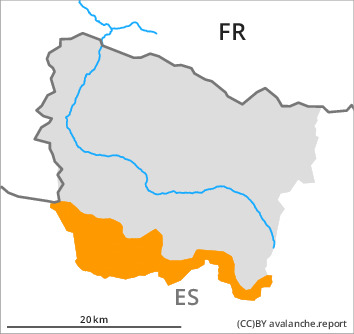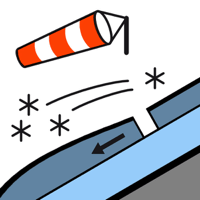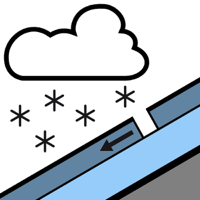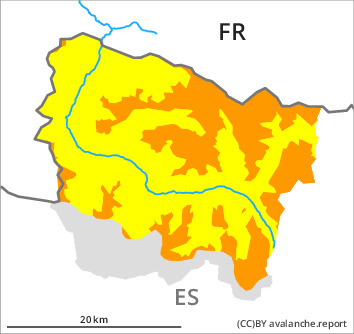
Danger level

2200m
Avalanche Problem

Wind slab

2200m


New snow

1600m


Wind slabs represent the main danger.
The fresh and somewhat older wind slabs can be released easily. or in isolated cases naturally, in particular on shady slopes and at high altitudes and in high Alpine regions. Sometimes the avalanches are medium-sized. The avalanche prone locations are to be found especially adjacent to ridgelines above approximately 2200 m and in gullies and bowls, and behind abrupt changes in the terrain. These places are covered with new snow and are therefore difficult to recognise.
As a consequence of warming during the day and the solar radiation, the likelihood of dry and moist avalanches being released will increase for a while in particular on very steep sunny slopes above approximately 1600 m. In isolated cases the avalanches in these regions are medium-sized and in many cases easily released.
Backcountry touring and other off-piste activities call for careful route selection.
As a consequence of warming during the day and the solar radiation, the likelihood of dry and moist avalanches being released will increase for a while in particular on very steep sunny slopes above approximately 1600 m. In isolated cases the avalanches in these regions are medium-sized and in many cases easily released.
Backcountry touring and other off-piste activities call for careful route selection.
Snowpack
>
30 to 40 cm of snow, and even more in some localities, has fallen since Saturday. The southerly wind has transported the fresh and old snow significantly. Soft weak layers exist in the top section of the snowpack especially in shady places that are protected from the wind.
Above approximately 1800 m there are 70 to 110 cm of snow, and even more in some localities. At high altitudes and in high Alpine regions snow depths vary greatly, depending on the infuence of the wind.
Above approximately 1800 m there are 70 to 110 cm of snow, and even more in some localities. At high altitudes and in high Alpine regions snow depths vary greatly, depending on the infuence of the wind.
Tendency
Tuesday: Further increase in danger of moist avalanches as a consequence of warming during the day and solar radiation.


